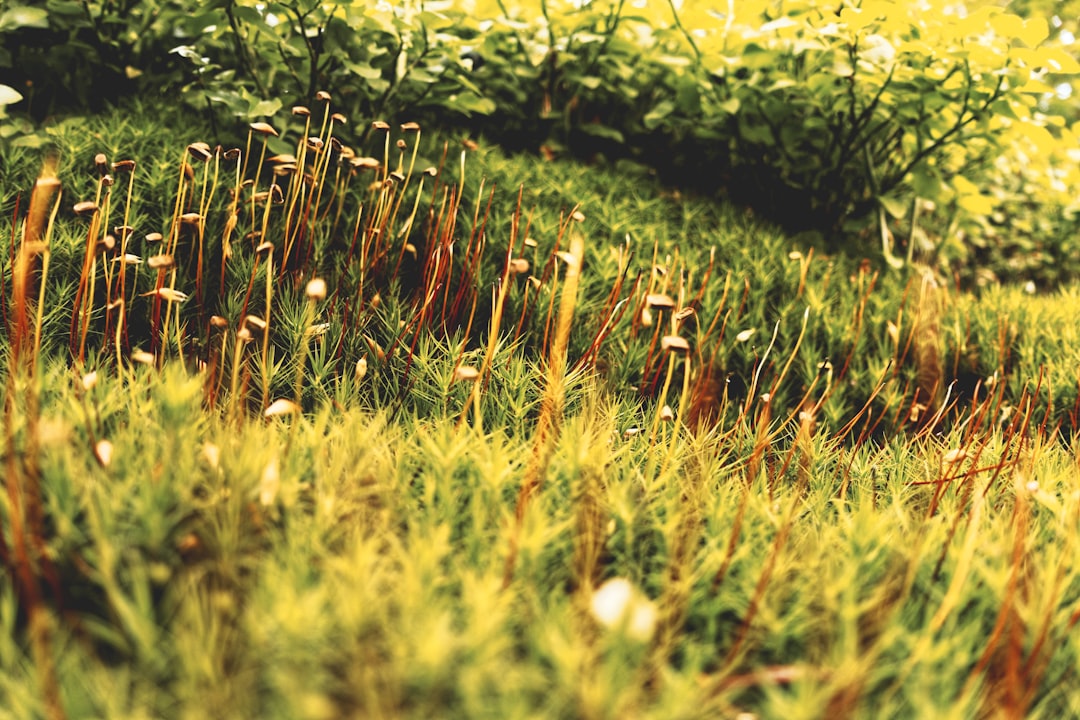Unveiling the Wonders of Philodendron: A Houseplant Gem for Beginners

Are you a novice plant enthusiast looking for the perfect houseplant to kick - start your green journey? Look no further than the philodendron. This versatile and hardy plant is an ideal choice for new plant owners, offering a plethora of benefits and a wide range of varieties to explore.
Philodendrons are native to the tropical regions of the Americas. Their natural habitat has equipped them with certain characteristics that make them well - suited for indoor environments. One of the most remarkable features of philodendrons is their adaptability. They can thrive in a variety of light conditions, from low to bright indirect light. This means that whether you have a sunny window or a dimly lit corner in your home, there's a philodendron that can flourish there.
For those with limited sunlight, the heart - leaf philodendron (Philodendron hederaceum) is a great option. Its small, heart - shaped leaves give it an endearing appearance, and it can tolerate lower light levels quite well. It's a trailing plant, making it perfect for hanging baskets or placing on high shelves where its vines can cascade down gracefully. On the other hand, if you have a spot with bright indirect light, the split - leaf philodendron (Philodendron bipinnatifidum) can be a show - stopper. With its large, deeply lobed leaves, it adds a touch of the tropics to any room.
Another advantage of philodendrons is their ease of care. Watering is relatively straightforward. They prefer to dry out slightly between waterings. Over - watering can lead to root rot, which is a common problem for many houseplants. A good rule of thumb is to stick your finger about an inch into the soil. If it feels dry, it's time to water. During the winter months, when the plant's growth slows down, you can reduce the frequency of watering even further.
When it comes to soil, philodendrons do best in a well - draining potting mix. You can use a standard houseplant potting soil and add some perlite or peat moss to improve drainage. Fertilizing is also important for the healthy growth of philodendrons. During the growing season (spring and summer), you can feed them with a balanced liquid fertilizer every two to four weeks. In the fall and winter, you can cut back on fertilizing as the plant doesn't need as many nutrients during this time.
Propagation of philodendrons is a fun and rewarding activity for new plant owners. One of the easiest ways to propagate a philodendron is through stem cuttings. Simply take a cutting that has at least one node (the small bump on the stem where leaves and roots grow). Remove the lower leaves and place the cutting in a glass of water. In a few weeks, roots will start to form, and you can then transfer the cutting to a pot with soil. This not only allows you to expand your philodendron collection but also makes for a great gift for fellow plant lovers.
Philodendrons also have some air - purifying properties. They can help remove harmful toxins such as formaldehyde from the air in your home. This makes them not only beautiful additions to your living space but also beneficial for your health. Having a few philodendrons around can improve the air quality and create a more pleasant and healthy environment.
In addition to their practical benefits, philodendrons are aesthetically pleasing. Their lush foliage adds a touch of greenery and life to any room. You can create different looks with philodendrons. For a modern and minimalist look, place a single philodendron in a sleek, white pot. If you prefer a more bohemian style, group several different varieties of philodendrons together in colorful pots and let their vines intertwine.
As you embark on your journey with philodendrons, it's important to keep an eye out for pests. Common pests that can affect philodendrons include spider mites, aphids, and mealybugs. If you notice any signs of pests, such as small webs, sticky residue, or tiny insects on the leaves, you can use an insecticidal soap or neem oil to get rid of them. Regularly inspecting your plants can help you catch pest problems early and prevent them from spreading.
In conclusion, philodendrons are truly the perfect houseplants for new plant owners. Their adaptability, ease of care, propagation potential, air - purifying properties, and aesthetic appeal make them a top choice. Whether you're looking to add a bit of green to your office, bedroom, or living room, a philodendron is sure to bring joy and beauty to your space. So, go ahead and bring home a philodendron today and start your exciting plant - growing adventure!